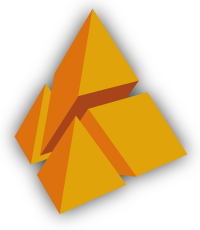Hello,
Could someone help me on why the following codes segv? I am using 2.9.9. (I think I could be doing something trivially incorrect as for similar simple examples, polymake was running fine a couple of days back.)
Also, I would like to know if 2.9.10 is an actual alpha release. This is because it has been linked from the workshop page, but not the main page.
Thanks again
Ramakrishna
#CODE 1
$a_poly=new Polytope<Rational>(VERTICES=>[
[1,0,0],
[1,-1,0],
[1,-1/4,0],
[1,0,-1],
[1,0,-1/2],
[1,-1/7,-3/7]]);
print $a_poly->N_FACETS;
print $a_poly->FACETS;
print $a_poly->SIMPLE;
print $a_poly->F_VECTOR;
print $a_poly->H_VECTOR;
print $a_poly->VERTICES;
print $a_poly->VISUAL;
#SEGV and EXIT here
#CODE 2
$a_poly=new Polytope<Rational>(VERTICES=>[
[1,0,0],
[1,-1,0],
[1,-1/4,0],
[1,0,-1],
[1,0,-1/2],
[1,-1/7,-3/7]]);
print $a_poly->N_FACETS;
print $a_poly->FACETS;
print $a_poly->SIMPLE;
print $a_poly->F_VECTOR;
print $a_poly->H_VECTOR;
print $a_poly->VERTICES;
print $a_poly->VISUAL;
#SEGV and EXIT here

